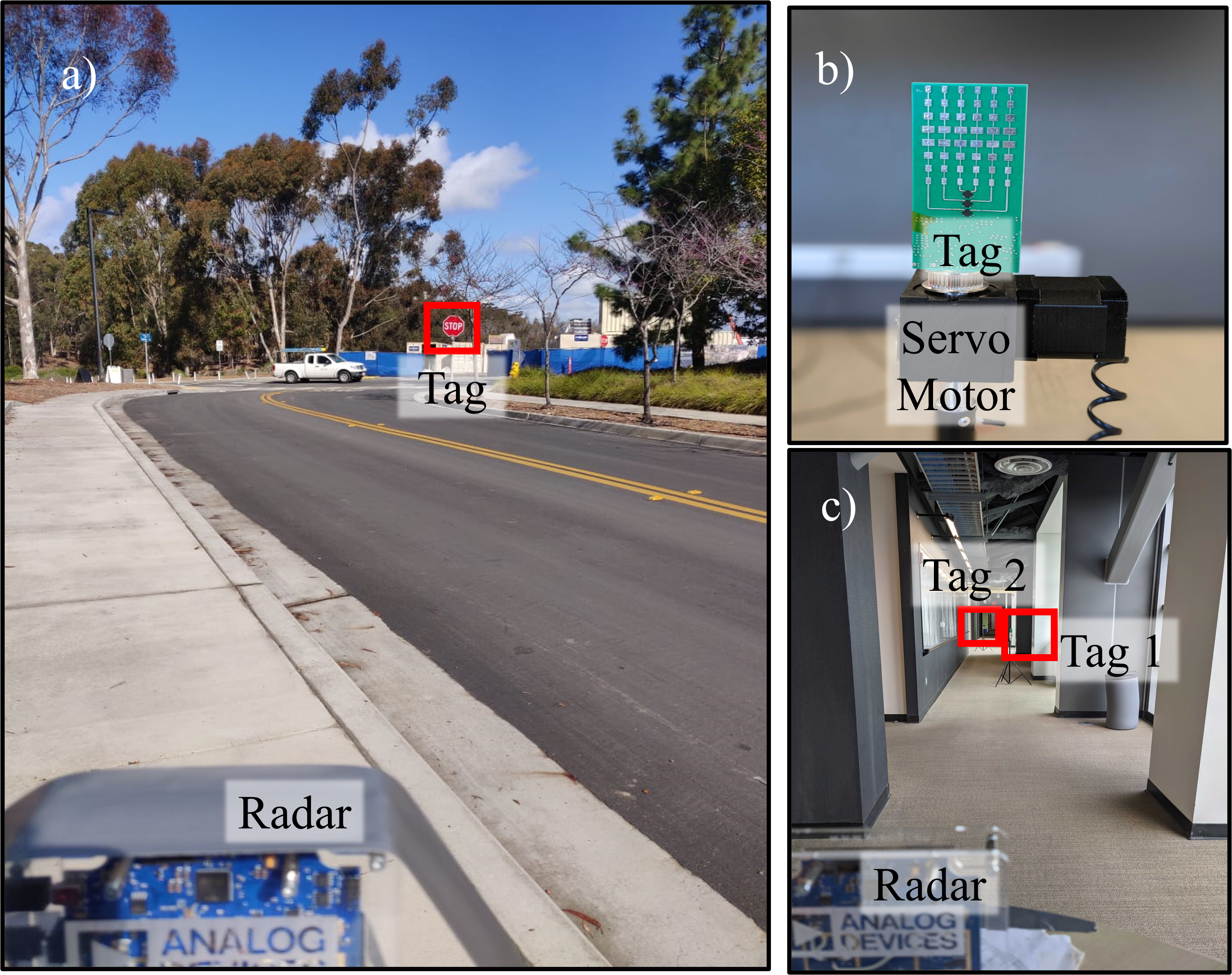
Millimeter wave (mmWave) sensing has recently gained attention for its robustness in challenging environments. When visual sensors such as cameras fail to perform, mmWave radars can be used to provide reliable performance. However, the poor scattering performance and lack of texture in millimeter waves can make it difficult for radars to identify objects in some situations precisely. In this paper, we take insight from camera fiducials which are very easily identifiable by a camera, and present R-fiducial tags, which smartly augment the current infrastructure to enable myriad applications with mmwave radars. R-fiducial acts as fiducials for mmwave sensing, similar to camera fiducials, and can be reliably identified by a mmwave radar. We identify a set of requirements for millimeter wave fiducials and show how R-fiducial meets them all. R-fiducial uses a novel spread-spectrum modulation technique to provide low latency with high reliability. Our evaluations show that R-fiducial can be reliably detected with a 100% detection rate up to 25 meters with a 120-degree field of view and a few milliseconds of latency. We also conduct experiments and case studies in adverse and low visibility conditions to demonstrate the potential of R-fiducial in a variety of applications.
